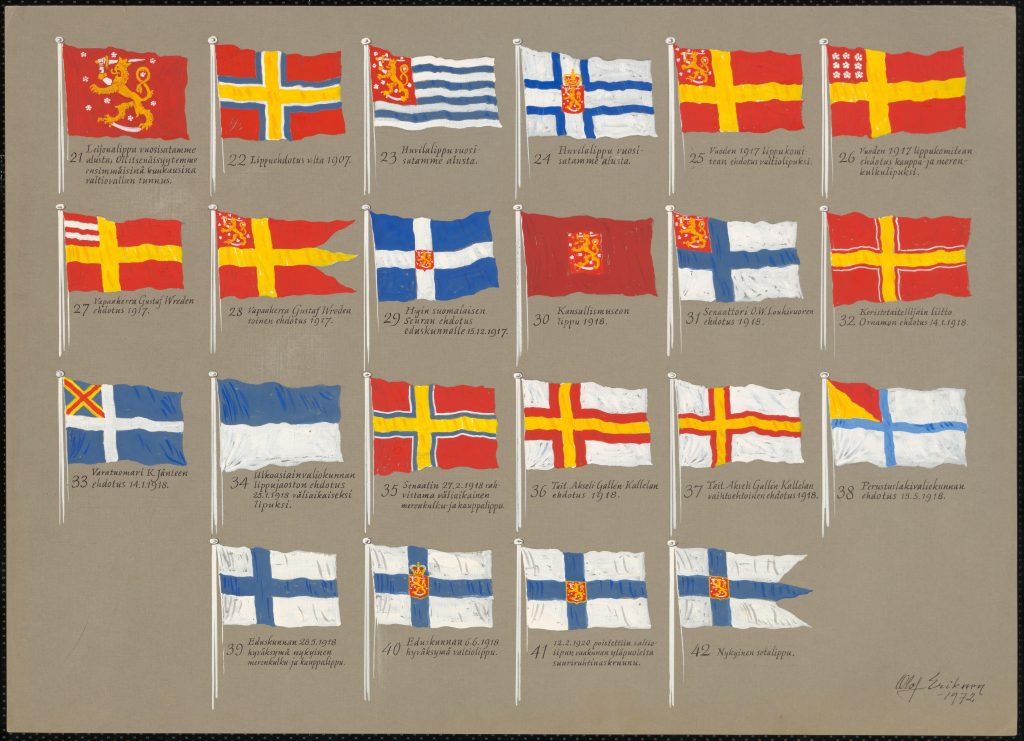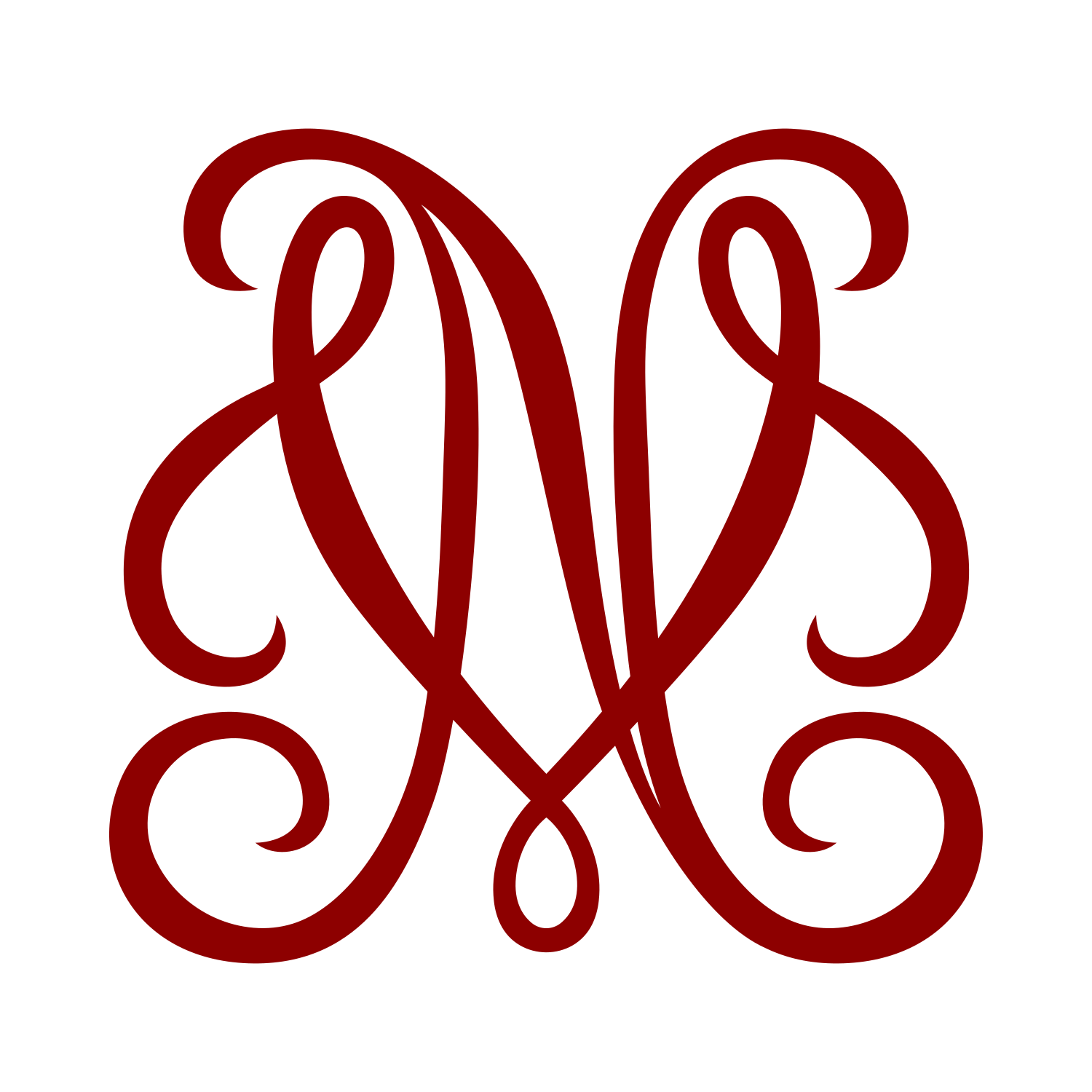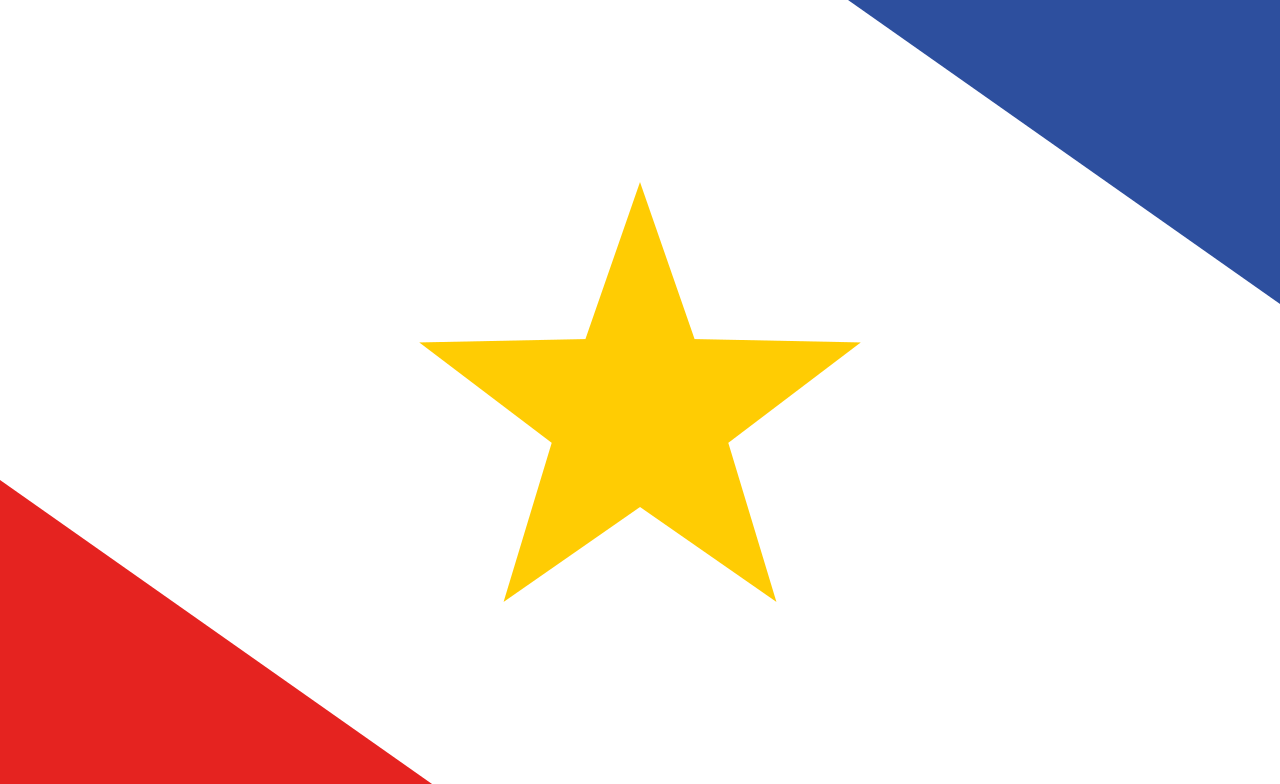While celebrating Finland’s Independence Day on December 6, it’s a great time to reflect on the journey of Finland’s national identity, symbolized in part by its flag. The current Finnish flag, with its simple yet striking blue cross on a white background, has been a symbol of the nation’s sovereignty since its adoption. But the design we recognize today was not always so clear-cut. The evolution of Finland’s flag was marked by debates and proposals that spanned decades. Below, we explore some of the proposed flags of Finland.
Today’s flag of Finland features a simple design with a blue cross on a white background. The cross is slightly offset towards the hoist side, which is typical of a Nordic or Scandinavian flag design. While we today associate Finland with blue and white, the flag of Finland and its colors were debated for decades. In the spring of 1848, during a student celebration in Helsinki, the students’ flag was displayed, featuring Finland’s coat of arms from 1580 – a golden crowned lion, on a red field, with an armoured human arm brandishing a sword, trampling on a sabre with the hindpaws – on a white background. Following this event, discussions about Finland’s flag began, largely driven by the efforts of Zachris Topelius. Numerous proposals for the flag’s design emerged during this time. Zacharias Topelius had already in 1854 described the Finnish colors as blue and white in the story “Fästningen Finlands värn” (The Fortress of Finland’s Defense), which was published in the children’s magazine Eos. The story is about a snowball fight between young boys, where the boys’ general says: “I tell you that white and blue are the Finnish colors – white for the snow of our winters and blue for our blue lakes.” In 1863, Topelius had a poem about the significance of the colors, “Finland’s Flag,” published in Helsinki newspapers.
It was therefore hardly surprising that the colors blue and white gained prominence in discussions about Finland’s national colors. However, the flag proposal itself was never formally addressed in the Diet of Finland. Instead, debates about various flag designs were primarily conducted through the media of the era. By the late 1800s, several of these proposed flags began to be flown at private villas, and over time, the blue-and-white colors became increasingly established in flags and pennants, especially among sailing clubs. However, designs featuring the coat of arms’ gold and red colors were still also popular, especially among the Swedish speaking part of the population.
Below are some of the proposed flags of Finland, compiled by Finnish heraldist Olof Eriksson in 1972. Which one do you prefer?


Sources: Finlands blåvita färger, Inrikesministeriet, Finsk Heraldik

